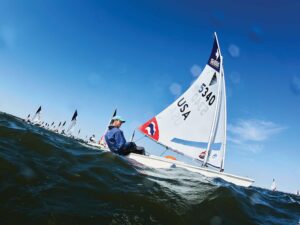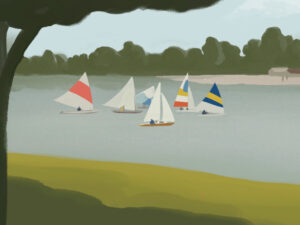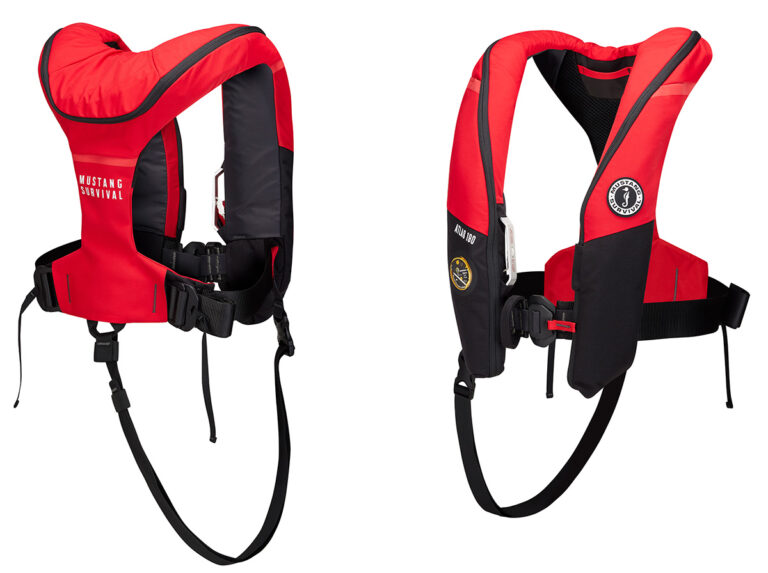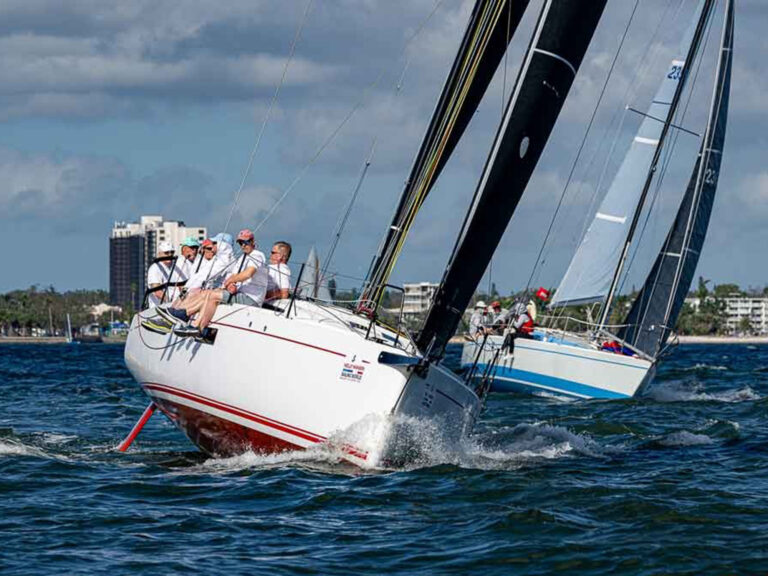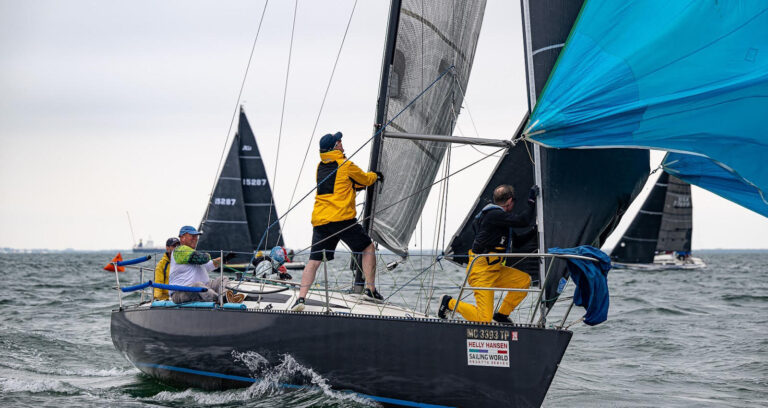How do you prepare a boat to race three times more Southern Ocean miles than in recent editions? Well, it starts with an unprecedented and unique refit process, which will see all seven Volvo Ocean 65s undergo a complete overhaul.
“To say we’re on a challenging schedule is an understatement,” says Sam Bourne, Head of the Boatyard’s Deck Gear Division. “We have seven boats to upgrade between now and next summer. Every three weeks a boat will come in, and from January 2017, we’ll start to push the boats out and hand over to the teams. There’s not a moment to waste.”
The first boat has already been lifted out of the water – and it’s now a race against the clock for the Boatyard team as they work through a stringent re-fit process, based around reliability, to ensure that they can race another 45,000 miles around the planet.
“The boats ended the last race in fantastic condition,” said Nick Bice, Director of Boats and Maintenance.
“When a boat comes out of this re-fit process it will look brand new, with a new paint job. You won’t be able to tell they’ve ever been in the water, never mind raced and trained over 60,000-70,000 miles through the toughest conditions on earth.”
Work on each will take around 15 weeks, but the process will be staggered to allow a new boat to enter the facility every three weeks. It is the first time in the history of the race that a one-design re-fit process has been undertaken. It will be completed in June 2017 – four months before the start of the next edition in October 2017.
Bice adds: “We’re making some changes across the boats using our learnings from last edition to ensure that they’re even more reliable than before – and we’re also modifying the sail inventory, combined with several other upgrades all taking safety, reliability and technological advancement in to account.”
The Boatyard facility, which opened in May, is a pre-race training hub for the teams, allowing them to access Atlantic Ocean conditions. The maintenance centre based at Race HQ in Alicante continues to be available for teams as a Mediterranean training and support base.
Bice continues: “The building we’re using to house the Boatyard is an old fish market. If you were to design and build a facility to undertake these upgrades to the boats, you wouldn’t be able to design it better than what’s already here in the docks in Lisbon. “The training options are almost limitless. You can go up around the corner, around Cascais and be virtually guaranteed wind at any stage. Equally, you could train in the Tagus River to practise in light air scenarios.”

